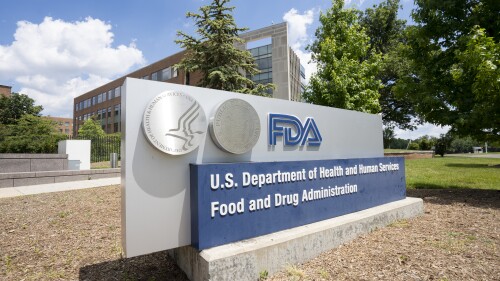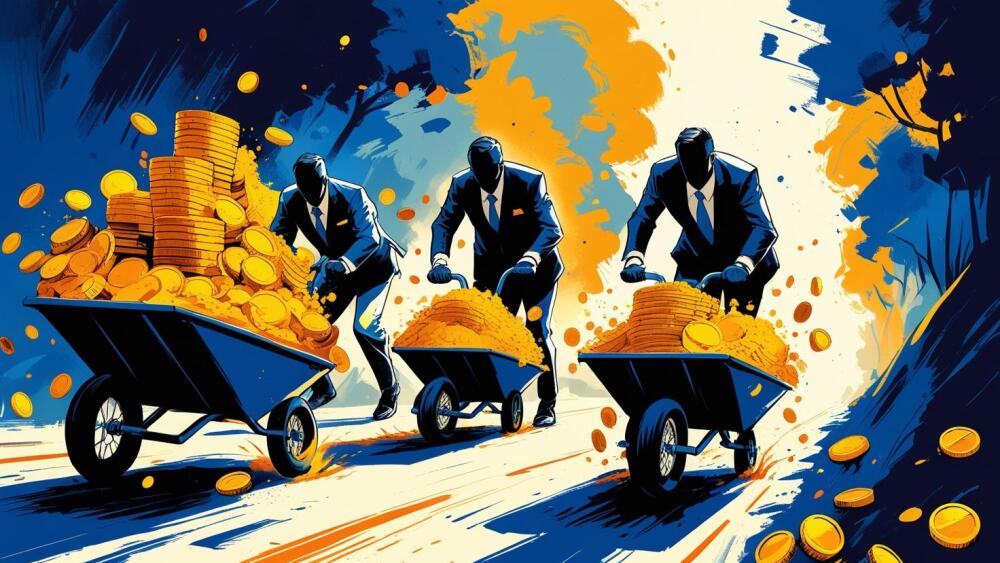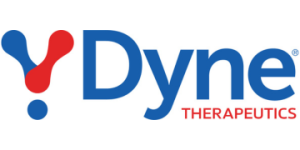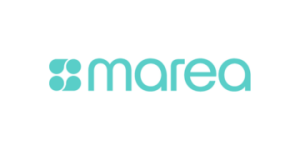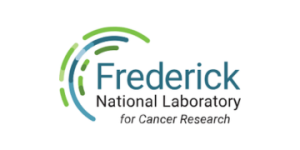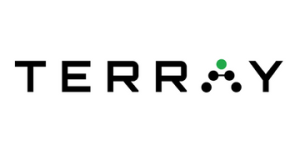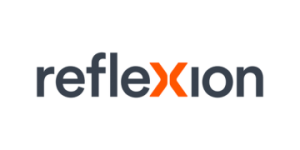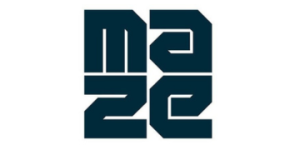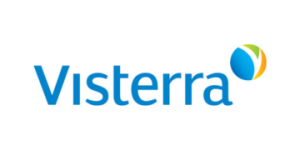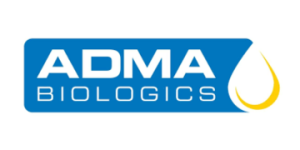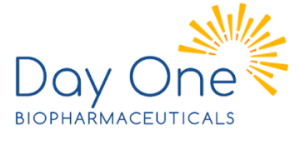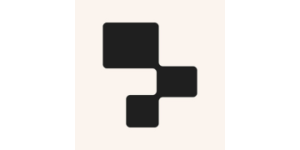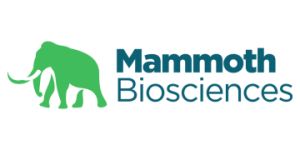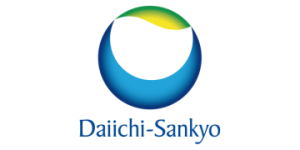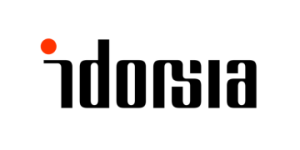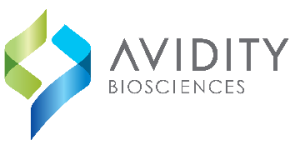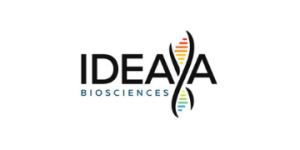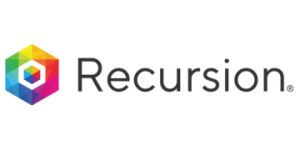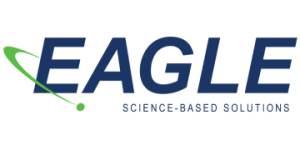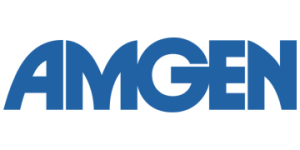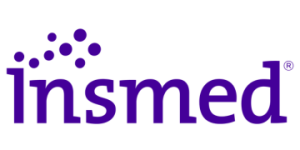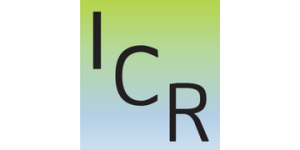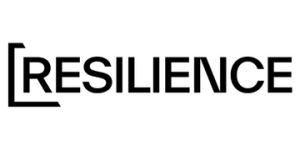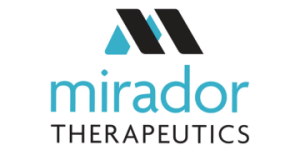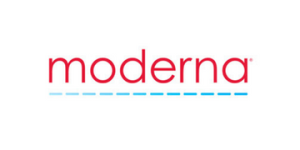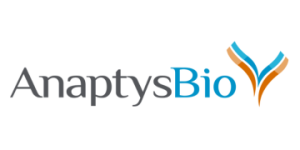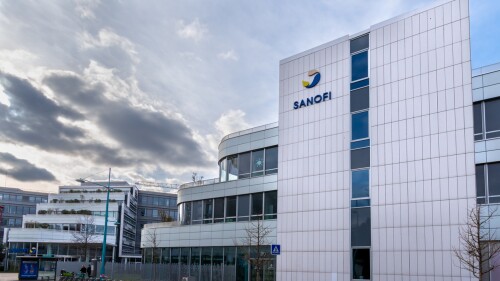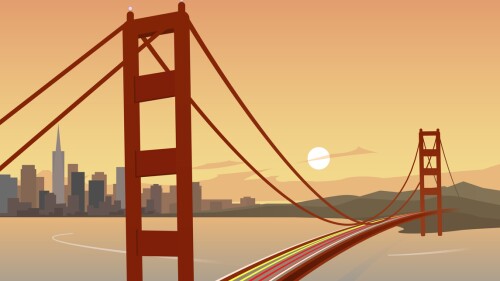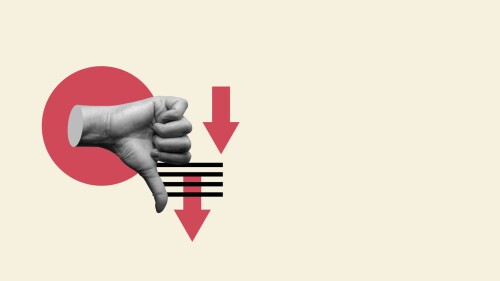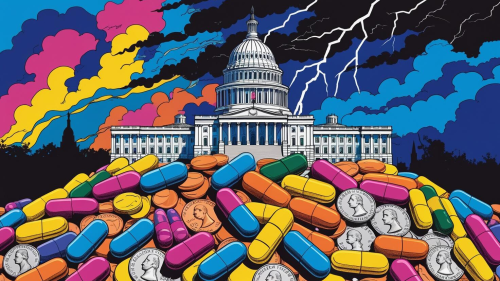The centerpiece of the deal is orelabrutinib, a BTK inhibitor in late-stage development for multiple sclerosis that Biogen once paid $125 million for but abandoned after less than two years of testing.
In the Phase III FIBRONEER-IPF study, Jascayd demonstrated significant lung capacity improvements over placebo.
The $48 million award, granted through the Advanced Research Projects Agency for Health, will help Kernal take its in vivo mRNA-encoded CAR T therapy forward.
The U.S. government remains shut down, with the FDA closed for new drug applications until further notice; cell and gene therapy leaders gather for the annual meeting in Phoenix with the field in a state of flux; Pfizer and Amgen will make drugs available at a discount as President Donald Trump’s tariffs still loom; and new regulatory documents show how Pfizer beat out the competition for Metsera.
Six months after his controversial departure from the top spot at the FDA’s biologics division, Peter Marks has landed at Eli Lilly, joining former colleague Rachael Anatol, who was ousted from the agency not long after Marks.
MapLight laid out the terms of its planned IPO in a regulatory filing on Monday, providing greater detail about what the funds will be used for.
FEATURED STORIES
On the sidelines of BIO2025, Julie Gilmore, head of Lilly Gateway Labs, shares her thoughts on the $1.3 billion Verve Therapeutics buy, where Lilly’s therapeutic puck is potentially going and how the company is leveraging its unprecedented success in obesity to support young biotechs.
EY’s 2025 Biotech Beyond Borders report provides a sobering snapshot of the industry’s financial health, with more and more companies facing cash runways of less than one year. The analyst firm’s leaders urge a return to basics for biotech.
Industry watchers responded mostly positively to the commissioner’s new voucher program, but worries remain over staffing cuts at the agency.
Findings that U.S. companies can sue foreign rivals despite limited business operations in the country could dissuade drug developers from targeting the U.S. market, potentially benefiting domestic producers of biosimilars.
BioNTech said in 2022 that it faced “threats of a groundless patent infringement suit” from a company that was “unable to bring to market any product to help in the fight against COVID-19.” Now, the mRNA biotech is buying that very company.
Sanofi paid a more than 300% premium on its acquisition of Vigil Neuroscience, suggesting a fierce battle to seal the deal. Across biopharma, companies are sometimes willing to put it all on the line for the right buyout. Novartis’ recent acquisition of Regulus for $800 million upfront provides a case study.
LATEST PODCASTS
Donald Trump continues to make waves in biopharma; Sage rejects Biogen’s unsolicited takeover offer; the obesity space sees more action with new company launches, IPOs and fresh data; and experts get ready for an important era in the Duchenne muscular dystrophy space.
Biopharma executives shared their thoughts on the potential impacts of the new administration; Annalee Armstrong recaps JPM and her talks with Biogen, Gilead, Novavax and more; Wegovy’s higher dose induces more weight loss; AstraZeneca and Daiichi Sankyo’s Dato-DXd scores its first FDA approval.
In this bonus episode, BioSpace’s vice president of marketing Chantal Dresner and careers editor Angela Gabriel take a look at Q4 job market performance and what we expect to see ahead.
Job Trends
Bristol Myers Squibb (NYSE: BMY) today announced that its Board of Directors has declared a quarterly dividend of sixty cents ($0.60) per share on the $0.10 par value common stock of the company.
Subscribe to Genepool
Subscribe to BioSpace’s flagship publication including top headlines, special editions and life sciences’ most important breaking news
SPECIAL EDITIONS
In this deep dive, BioSpace investigates China’s rise as a biotech powerhouse.
In this deep dive, BioSpace explores the next big thing in obesity.
BioSpace did a deep dive into biopharma female executives who navigated difficult markets to lead their companies to high-value exits.
DEALS
-
Sanofi’s jump in earnings comes with an increased emphasis on R&D and vaccines, plus an eye cast toward M&A to shore up its pipeline.
-
The J.P. Morgan Healthcare Conference started off with a flurry of deals that reinvigorated excitement across the biopharma industry. Johnson & Johnson moved to acquire Intra-Cellular Therapies for $14.6 billion, breaking a dealmaking barrier that kept Big Pharma’s 2024 biotech buyouts to under $5 billion.
-
Donald Trump continues to make waves in biopharma; Sage rejects Biogen’s unsolicited takeover offer; the obesity space sees more action with new company launches, IPOs and fresh data; and experts get ready for an important era in the Duchenne muscular dystrophy space.
-
Following a lawsuit filed last week, Sage has officially rejected Biogen’s unsolicited buyout offer, which valued the embattled biotech at just $469 million.
-
Protein degradation–focused Neomorph nabs its third Big Pharma deal of around $1.5 billion in less than a year.
WEIGHT LOSS
-
Last week, The Trump administration reversed a Biden-era proposal for Medicare coverage of anti-obesity treatments. But on Monday, HHS suggested it is open to future policy considerations toward this end.
-
Stifel analysts were bullish on the data, which showed a 16.5% drop in body-mass index among patients with damage to the hypothalamus taking Rhythm Pharmaceuticals’ Imcivree.
-
Under Friday’s final ruling anti-obesity medications for weight-loss will remain ineligible for Medicare coverage.
-
Eli Lilly says Indianapolis-based Premier Weight Loss is cracking open auto-injector pens containing its blockbuster drug and repackaging them into separate doses.
-
According to BMO Capital Markets, Rybelsus’ outcomes in SOUL were “inconsistent,” failing to significantly lower cardiovascular death and nonfatal stroke.
POLICY
-
The newly appointed members of the CDC’s influential vaccine committee meet Wednesday and Thursday under an unusually rapid timeline, with unexpected topics on the agenda.
-
With much to cover, Democrats tackled Kennedy’s MAHA report; the firing of all members of the CDC’s ACIP committee; and much more. Little was accomplished, as Kennedy demurred and members of Congress accused him of risking American lives.
-
Drug pricing, budget cuts, tariffs and other shifts under the Trump administration undermine the biopharma and healthcare ecosystem.
-
Speaking at BIO2025, rare disease leaders from Ultragenyx, Amylyx and Yale questioned the need for the new regulatory pathway proposed by FDA Commissioner Marty Makary. They acknowledged, however, that creative thinking is required to enable more treatments for patients with ultrarare diseases.
-
The Inflation Reduction Act includes an exemption for orphan drugs for a single indication, but experts say this is far from sufficient to maintain momentum in the rare disease space.
A variation of rage quitting, rage applying is a method of job searching that occurs when someone applies for many new roles while still employed in their current position.
Some consider a candidate’s alma mater to be the most important factor in the hiring process. But how much does a life science candidate’s alma mater really matter? In short–it depends.
New York City employers who use Artificial Intelligence (AI) tools in hiring will soon be subject to new regulations requiring them to notify candidates when using the technology.
Now more than ever, there is ample opportunity for life science candidates with only a bachelor’s degree. Still, there are certain things these candidates should know to ensure their success.
Computer programming jobs in biopharma are on the rise, but candidates must have a specific skill set. To help, here are the best programming languages for those working in the life sciences.
Discover the benefits and challenges of relocating to a biopharma hot spot and find out the most important factors to consider when making your decision.
HOTBEDS
REPORTS
In this Employment Outlook report, BioSpace explores current workforce sentiment, job activity trends and the prospective job and hiring outlook for 2025, particularly as it compares to the previous year.
BioSpace’s third report on diversity, equity, inclusion and belonging in life sciences examines dramatic shifts in attitude around diversity initiatives.
CANCER
-
The drug, a small molecule protein inhibitor, brought in $132 million in the first quarter, missing consensus estimates by 17%.
-
As Q1 2025 earnings season continues, tariffs remain top of mind for pharma CEOs and investors. Meanwhile, the American Association for Cancer Research’s annual event kicks off this year’s oncology conference season. Plus, will the FDA become politicized under HHS Secretary RFK Jr.?
-
Pfizer’s sasanlimab, when used with standard of care, reduced the likelihood of disease recurrence or progression, death due to any cause or persistence of cancer cells by 32% in patients with high-risk non-muscle invasive bladder cancer.
-
The targeted drug release device TAR-200 shows promising response and disease-free survival rates in specific populations of patients with non-muscle-invasive bladder cancer.
-
The FDA is currently reviewing Merck’s sBLA for Keytruda in head and neck cancer, with a target action date of June 23.
NEUROSCIENCE
-
Eisai’s new fiscal 2027 forecast for Leqembi is roughly 50% lower than its projections a year ago.
-
President Donald Trump continues to warn of tariffs on the pharmaceutical industry; Susan Monarez replaces Dave Weldon as CDC director nominee; Novo Nordisk joins the triple-G race; Alnylam wins approval for Amvuttra in ATTR-CM; and Cassava Sciences ends development of simufilam in Alzheimer’s.
-
After years of controversy and allegations of doctored data, Cassava is moving on from Alzheimer’s.
-
The British pharmaceutical giant is working with the U.K. Dementia Research Institute to exploit a “natural randomization” experiment to determine whether 65- and 66-year-olds who received GSK’s shingles vaccine Shingrix have reduced dementia risk.
-
The gene therapy world is in turmoil, but Arbor, armed with more than $1 billion in partnerships and raises, is going forward.
CELL AND GENE THERAPY
-
After a patient taking the Duchenne muscular dystrophy gene therapy Elevydis died of liver injury, Sarepta will update the label to reflect the safety signal.
-
AstraZeneca has recently been investing heavily in the cell therapy space, including two acquisitions for TeneoTwo and Gracell Biotechnologies.
-
Dyne is eyeing an accelerated approval filing for DYNE-251 in early 2026 that would pit the asset against Sarepta’s Exondys 51 in a patient population amenable to exon 51 skipping.
-
Having established success in cancer, biopharma is now looking to leverage CAR T therapies against a new target, autoimmune disorders, with several early- to mid-stage readouts expected this year.
-
Johnson & Johnson and Legend Biotech hope to hit blockbuster status for Carvykti this year.


